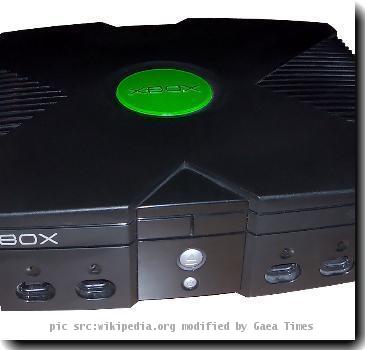If you’ve spent much time on social media sites, many of the features will look familiar, as Buzz combines elements of Twitter, Facebook, and the quickly rising Foursquare. But there are some subtleties that make Buzz unique, and in turn create opportunities that you should familiarize yourself with –- if not start to take advantage of –- as soon as possible.

1. Gathering Customer Feedback
Like Twitter, Buzz lets you post a message to a group of “followers” that subscribe to your updates. However, there are a few differences, namely that messages can be longer than 140 characters (and include supporting images and links) and that replies are all grouped under the original message. This makes conversations easier to track and follow up on. There are also built-in features to reply in a one-on-one way, via either e-mail or Google Talk.
2. Engaging With Others
If you use Gmail, there’s a good chance you already have a built-in network on Google Buzz. The service helps you get started by letting you connect with those you e-mail or chat with frequently. Once you’re following some people, clicking the “Buzz” link from Gmail’s main navigation will let you see their most recent updates. You can comment on them, “like” them, or follow up personally with an e-mail or chat message.
3. Collaboration
Buzz can be used both for broadcasting a message to all of your followers and to select groups of them. If you’ve already set up Groups in Gmail, they’re already available in Buzz. If not, you can create new ones on-the-fly. Posting a private message on Buzz works exactly the same as posting a public one – you just select the Group you want to be able to see it, and then only those people will be able to view and comment on it. It’s instant, private collaboration.
4. Marketing
It’s too soon to tell whether Buzz will have the type of impact for brick-and-mortar businesses that services likeYelp and increasingly Foursquare have had, but it has a very similar feature set. Users can “check in” at business locations, in turn notifying their followers of their whereabouts. Thus, encouraging your customers to check in on Buzz (and other location-based services) can be a way to drive free word-of-mouth marketing for your business.
5. Sharing Content
 Just like Twitter and Facebook, Buzz has the potential to be a powerful medium for sharing content. You can use it to share blog posts, special deals, or interesting links related to your niche. Just like other social media services, you shouldn’t overdo it though – you want to mix promotional messages with a balance of other useful information and conversation for your followers.
Just like Twitter and Facebook, Buzz has the potential to be a powerful medium for sharing content. You can use it to share blog posts, special deals, or interesting links related to your niche. Just like other social media services, you shouldn’t overdo it though – you want to mix promotional messages with a balance of other useful information and conversation for your followers.
So is it time to jump head first into Buzz? At this point, the right answer is probably “not so fast.” While Buzz clearly has some promising use cases, it’s also not yet ideally designed for businesses. There are no business accounts, no multi-user support, and a host of privacy issues that nearly derailed the service in its first couple weeks (though Google has been quick to address them).
Buzz will likely become more viable for businesses when a Google Apps version is offered, as well as a standalone service that can be accessed by anyone outside of Gmail – both of which are reportedly in the works. Nonetheless, familiarizing yourself with Buzz’s features and opportunities now could be immensely valuable in the future, while at the present, it can provide some useful additional functionality for Gmail users and their contacts.



 Long imagined to be a potentially significant threat to PayPal, the Facebook Credits payment platform will actually work with its once theoretical rival, according to a post on Facebook’s blog announcing a strategic partnership between the two companies.
Long imagined to be a potentially significant threat to PayPal, the Facebook Credits payment platform will actually work with its once theoretical rival, according to a post on Facebook’s blog announcing a strategic partnership between the two companies.


































